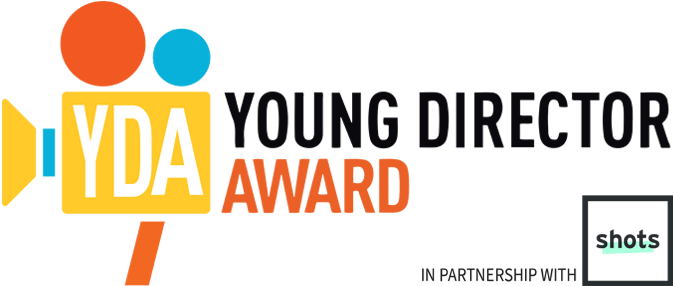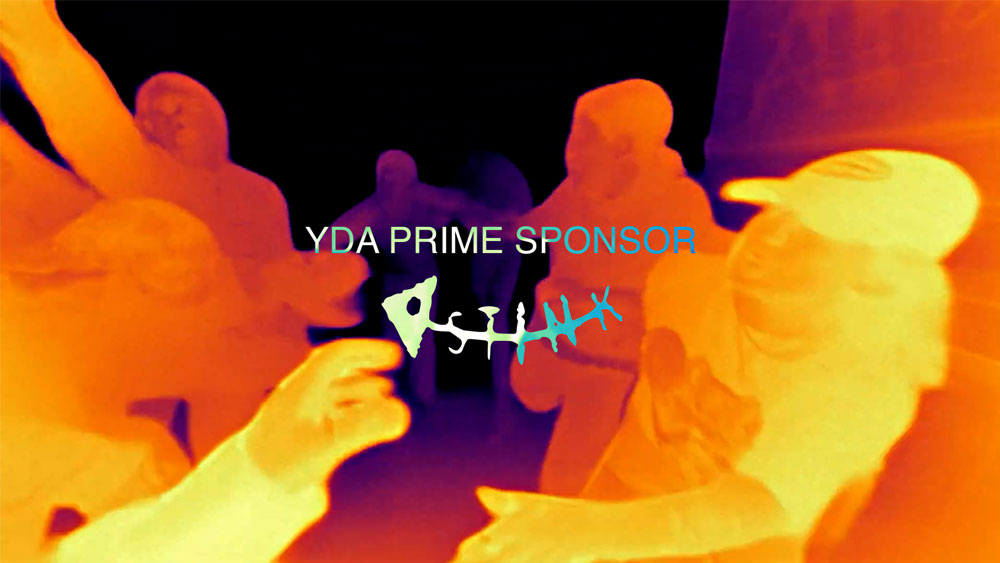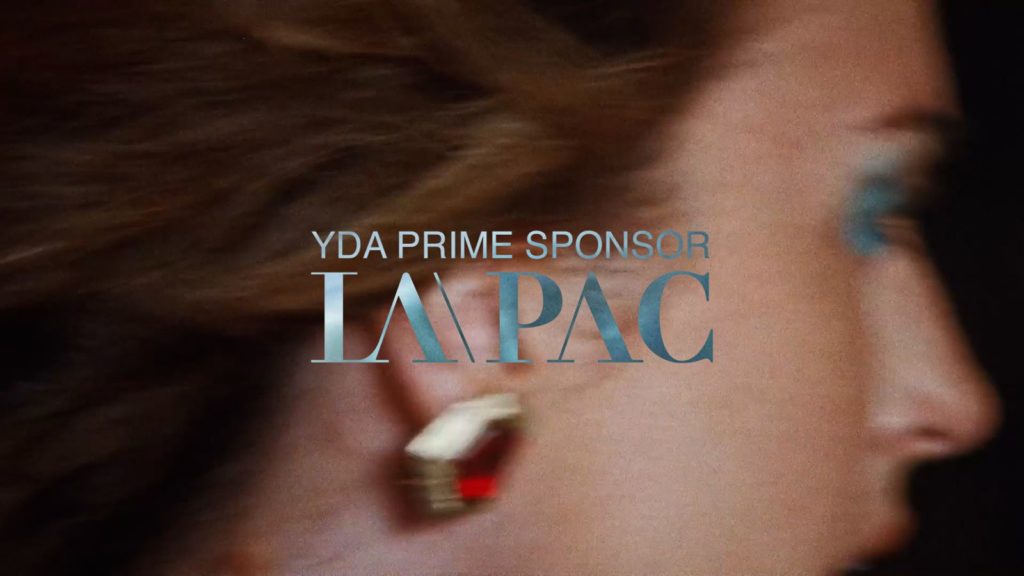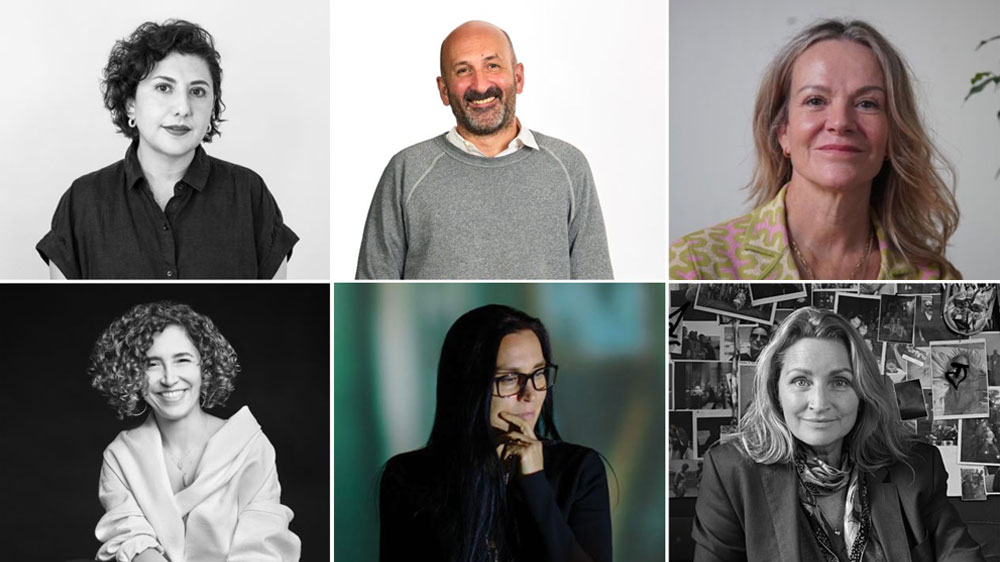Packed with blockbuster visuals and an important message to match, Nicolas Bori’s Breaking Glass picked up a Gold in the Film School category. Here, shots finds out how the Filmakademie Baden-Wurttemberg student piloted dreams to success.
When did you first know you wanted to be a director? What led you to it?
For me, the decision to become a director was a long, long journey. The oldest memory I have of it was when I was maybe 9 or 10 years old. I discovered animation software and realised I could tell stories with it. I spent many hours creating random stories, like ducks pooping on police cars and other similarly amusing plots.
Eventually, I picked up a camera and started filming life around me – my brother taking flight lessons and his struggles, for example. He managed to become a professional pilot, and I became a director, so I suppose it’s a happy ending.
I grew up in Argentina, and when I finished high school, the country was hit by a very strong economic and political crisis. Suddenly, pursuing an artistic career felt very risky, so I took the “safe path.” I did a bachelor’s in international business with a focus on marketing, hoping I would get to work closely with the creative people I admired. That was in Maastricht, Netherlands.

Immediately after school, I got a job at Google in Ireland. At first, it was cool, but soon I felt I was compromising on what I really wanted to do. I started doing film projects on the side – sometimes for internal communications at the company, sometimes for online film contests. But I quickly noticed that people enjoyed what I created. That gave me the confidence to take risks. Eventually, the universe sent me the sign I was waiting for. In one week, I won two online film contests with prize money of about 30K. I decided it was now or never.
I quit my job at Google, bought some camera gear, and crossed Africa to document what I saw. I travelled from Cape Town to Cairo in six months without taking a plane. Along the way, I realised what I had been missing, and I found the courage to give filmmaking a real go as my profession.
What was the initial drive to make Breaking Glass? Is it a topic you were interested in portraying, or were there other challenges that led you there?
Many of my films touch on social issues I care about: organ donation, climate change, disability and inclusion, or, in this case, gender equality. When I get invested in a project, I put my heart and soul into it. I normally end up exhausted afterward. So, to keep that drive, I need to do it for reasons I deeply believe in.
I was looking for a meaningful topic for my next film. I was on a plane with my one-year-old daughter when I realised something. I am an aviation nerd—my dad and brother are both professional pilots, and I hold a private pilot’s licence. I know a lot about the topic, and we all know that women fly airline planes too. However, I had no clue who the first woman pilot was or when this started. It is a forgotten fact for most of us.
I know from my brother’s struggles how difficult and expensive it is to commit to becoming a pilot. All the training and flight hours require a small fortune, and there is no guarantee that you will even get a job later. It took a toll on him psychologically when he was young.
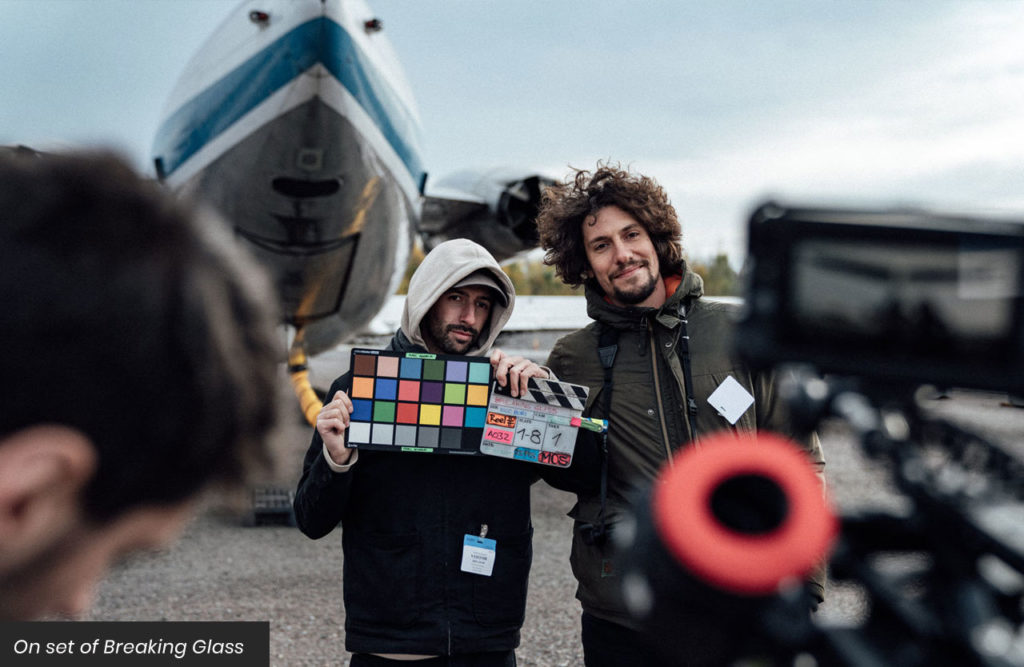
What were the initial elements to get right? What was the process with casting / production design/etc.?
Well, being a period piece, the production design (Sophie Rohm & Karla Fehlenberg) was challenging, as were the right costumes (Kaya Kuszak) and, not to be underestimated, hair and make-up (Désirée Schober).
The team shared my commitment to research and contributed so much to the authenticity of the film. I learned so much in the process with them.
Casting, though, was probably one of the hardest things to get right. I am normally very picky with casting and like to scroll through hundreds of profiles myself on casting platforms all over Europe until the decision feels right. This time I had to do that, but also find three great actresses who look alike at ages 9, 18, and 27 and can act.
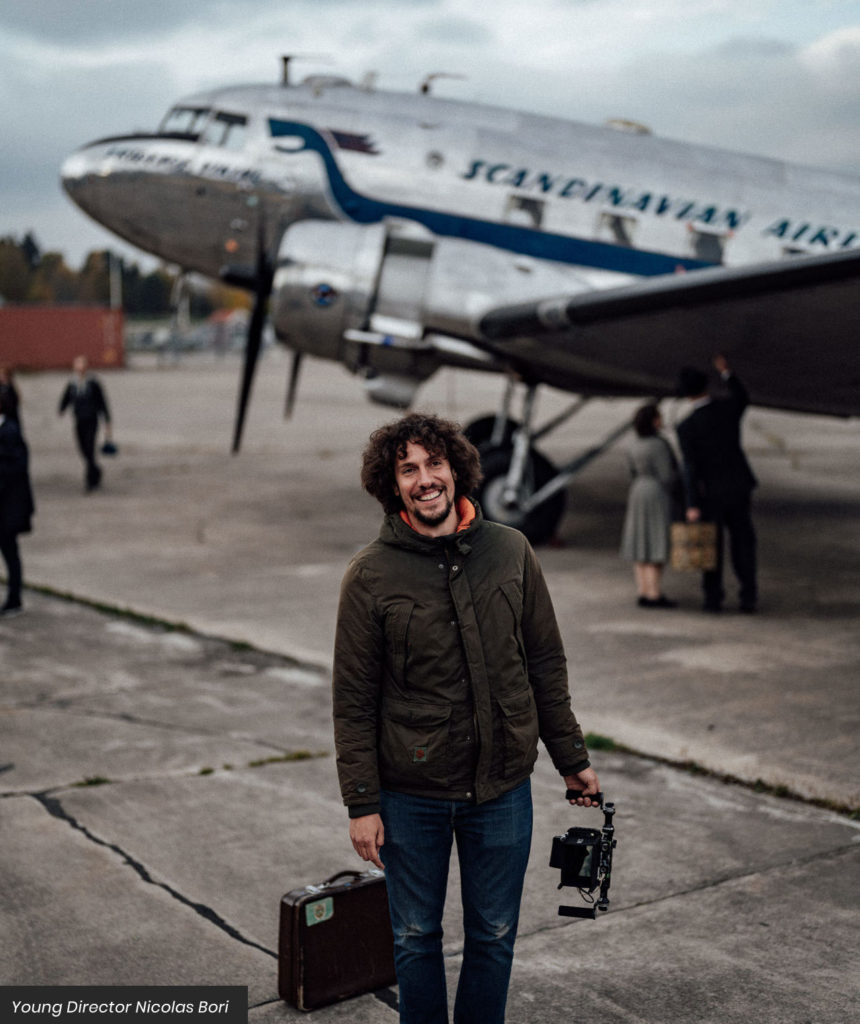
The film is pretty ambitious for a student work: period piece, multiple locations, just a spot of aviation. What made you aim for this story, and were there any moments where you thought you might have bitten off more than you could chew?
Indeed, it was the biggest challenge I had until then. But since this was my graduation project for a film school that took me so much effort to get accepted into, I decided to aim as high as I possibly could and figure out the rest as I went.
Growing up in Argentina gives you a resourceful mindset; you always have to make it work with what you have, and it is often not much. Pair that up with a film school in Germany, with massive resources and support, and you can achieve really big things. Going for a small project would have felt like a missed opportunity to me.
Authenticity is always paramount in my films, but given that I am an aviation nerd, I was particularly obsessed with accuracy this time. Fortunately for me, I had a really supportive producer, Konrad Steuer, for whom no challenge was too big or idea too crazy to explore.

Can you talk us through how the effects were achieved, as they’re fairly spectacular?
The visual effects were indeed the hardest obstacle to overcome, considering we didn’t have a budget. We tried many different approaches. We started working with students from our film school, then other additional film schools and freelancers. We made some progress, but at the end of the day, the big CGI sequence of the plane taking off during the storm was a hard nut to crack. It required a coordinated effort from different people with very specific skill sets, and something was always missing. It was incredibly frustrating to know we had a great story to tell, but it was just stuck on a hard drive without an end in sight.
Things became unlocked when serendipity struck again. I heard someone speak Spanish at Ciclope Festival, and I approached them. It turned out to be a fellow Argentinian, Tomas Ossipoff from Behind Studios in the UK. We connected, and eventually, they took on the CGI sequence to help us. Together with Omer Hudja (from MAP Berlin), who did most of the compositing shots, including all the cockpit greenscreen shots, and Drigend Singh, who supported us from India, we made it happen.
I have hundreds of hours of reference airline footage, which we used to match our VFX shots. The CGI plane and airport were modelled with incredible attention to detail, using old blueprints from the plane manual and photo references and scans we personally took in Sweden of the real plane.

What do you feel you’ve learned from making this film? Is it a style/subject you’d like to continue exploring in the future?
I feel I learned so much; it was as painful a process as it was rewarding. The first thing is probably VFX processes, limitations, and workarounds. I supervised and produced so much of the VFX in this film that I feel very confident in this area now, to the point that I often supervise my own VFX shots when the complexity is reasonable. It is great as a director to understand where VFX can solve an issue that would be nearly impossible in real life, but also to know when to avoid the classic “let’s fix it in post” problem, where something relatively easy to correct during the shoot turns into a post-production nightmare later.
Never underestimate the power of a community to make a film happen. When people from the aviation community saw the passion and love we were pouring into telling this story, we had nothing but open doors and support from them.
I learned to trust my gut too. There were many times when there was no clear path to achieving what we wanted to achieve. But we didn’t change the story for that. We thought outside the box and persisted until we achieved what we had originally envisioned.
What did picking up a YDA mean to you?
It meant a great deal to me since we had worked so hard for so long on this project, with many moments of doubt about whether the film would ever get finished. So, to see it for the first time screened in public in Cannes during YDA, and not only that, but it was the first film shown at the event, was surreal.
A gigantic weight was lifted when we could share this with the world, and we were overwhelmed by the many people who came to talk to us afterwards, telling us how moved they were by the film and congratulating us on its quality.
After the ceremony, I was personally called by the festival founder, François Chilot, who shared some incredibly kind and encouraging words about our work and future opportunities. It was a very humbling moment for me to receive these comments from someone who, year after year, sees incredible work from talented filmmakers all over the world. It was quite unexpected and, dare I say, even more rewarding and meaningful than winning the gold itself.
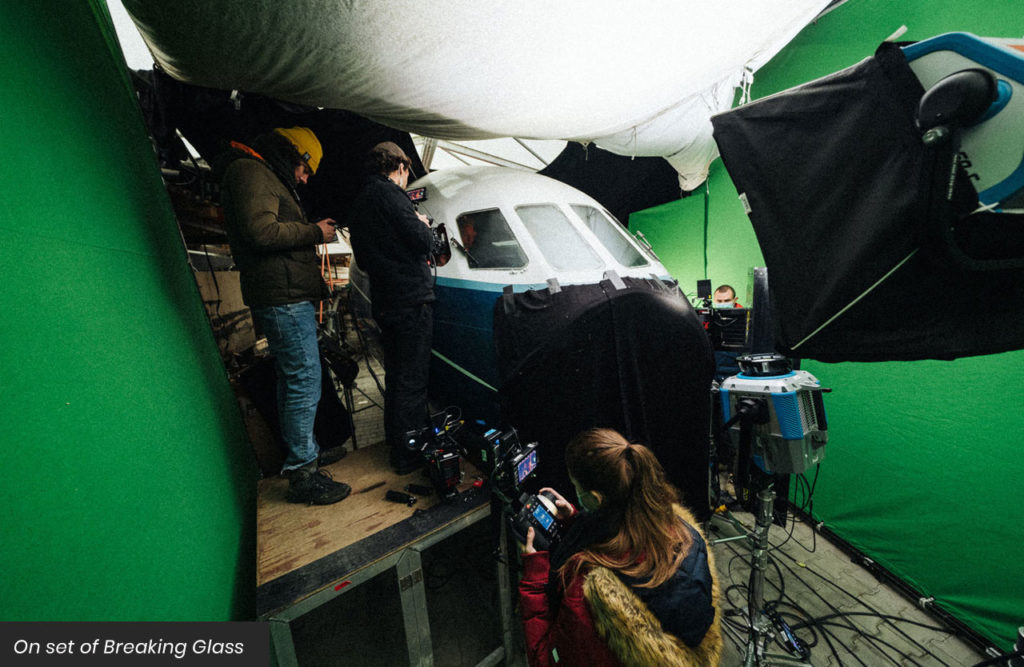
What’s up next for you?
Well, it turns out that winning at YDA is pretty amazing for putting you on the radar beyond your home country, both with production companies and agencies. I have representation with Markenfilm in Germany and have also been approached by different companies for potential representation outside of Germany, which is quite exciting for me. So yeah, if someone is reading this and thinks we could be a good match, drop me a line; I love to travel abroad, and I speak several languages ;-b
I have also recently shot another incredibly challenging passion project, both in practical and visual effects. It is in post-production now, and I hope it doesn’t take two years this time. If you’re reading this and have a post house, drop me a line, haha. I am hoping to premiere this new film at YDA next year. Again, it’s a period piece, but showing six very different moments in the history of mankind and exploring the topic of mobility. Stay tuned.
The most immediate thing, though, is a couple of projects I am going to shoot in September in Spain with a production company that has supported Breaking Glass as well as other previous projects of mine.
They are called Antiestatico, and I also met them at a festival by hearing someone speak Spanish and just saying hi.
So I guess the lesson from all of this is: Learn Spanish.
Interview by Jamie Madge shots
